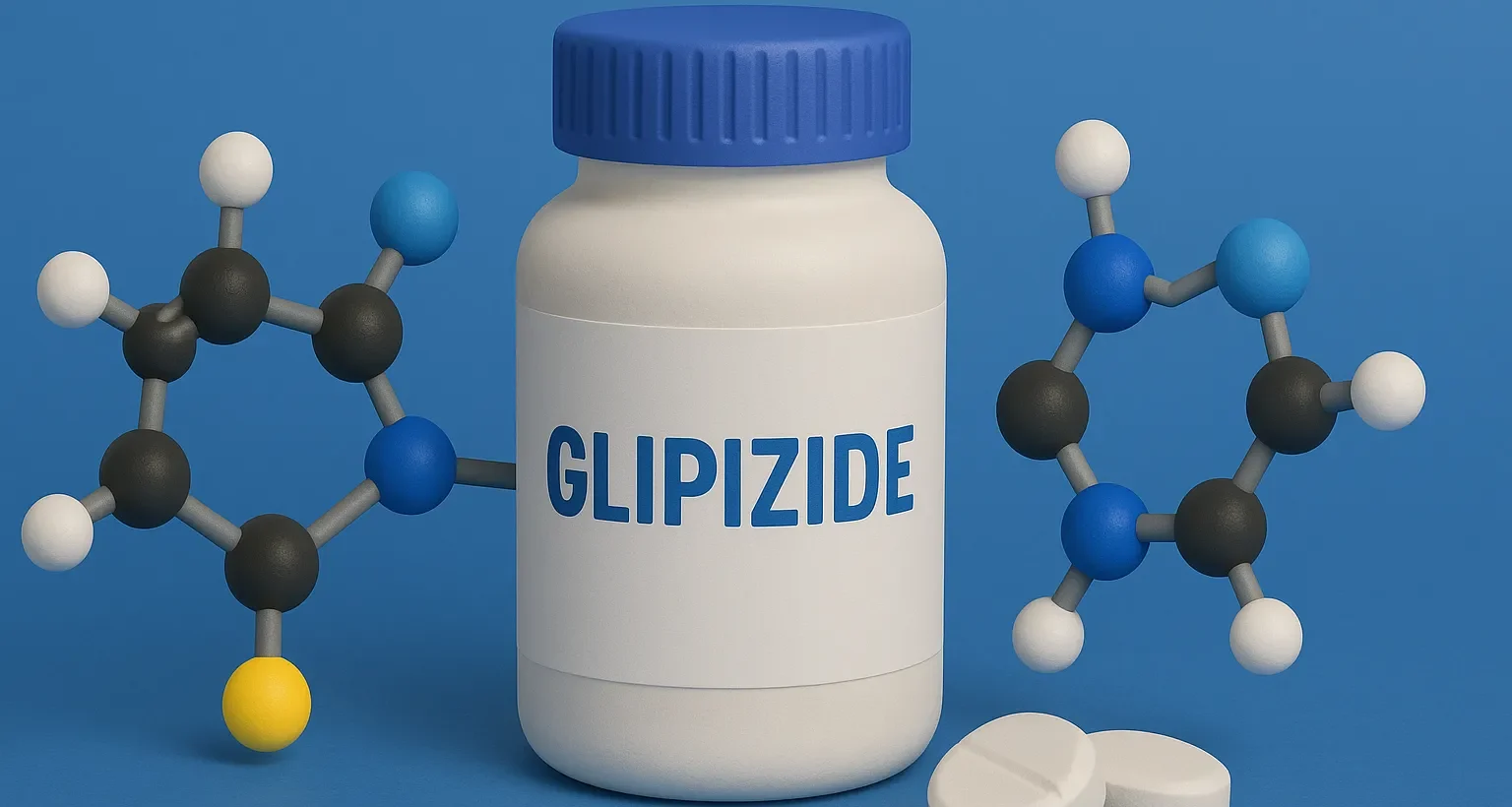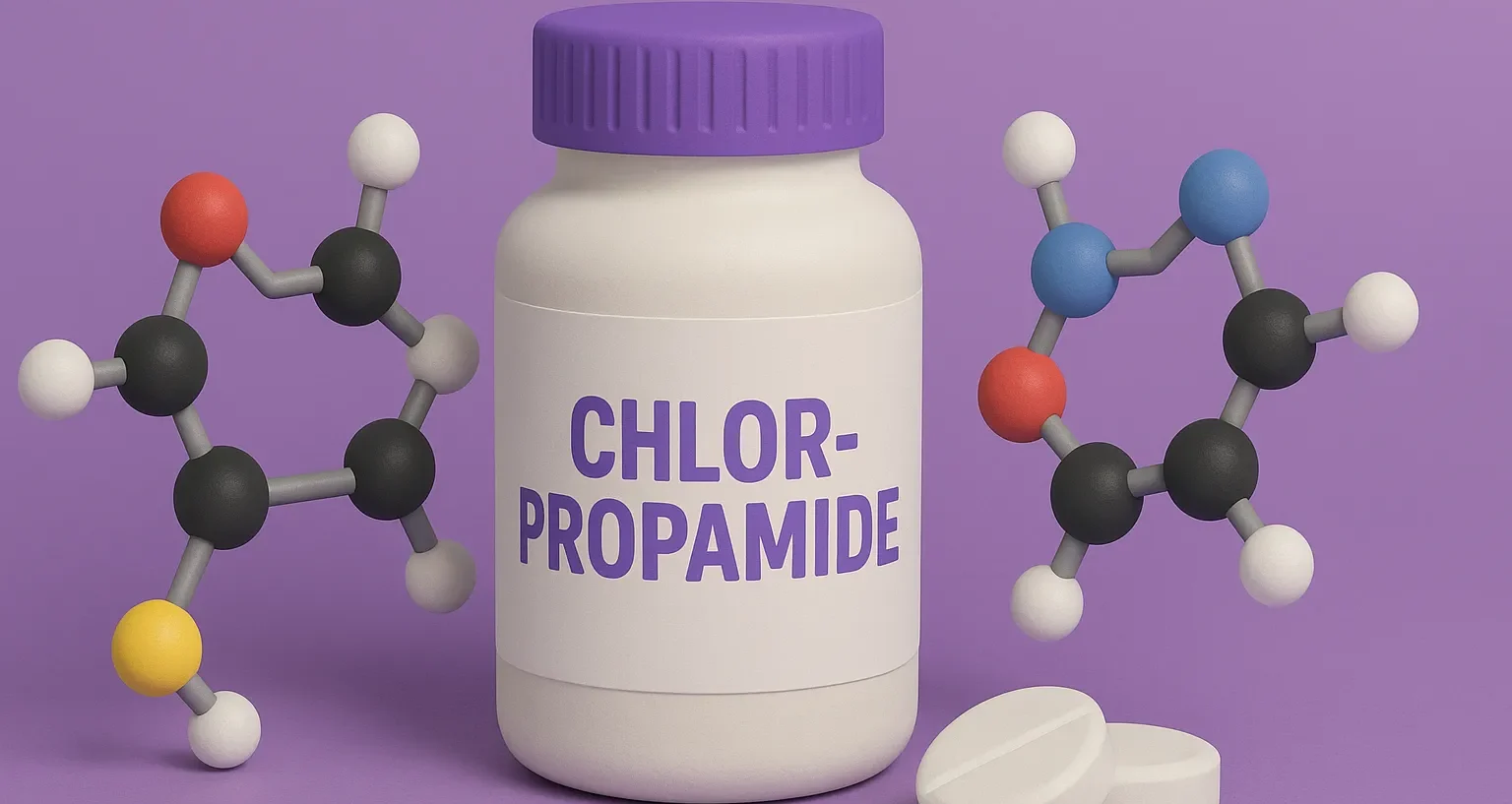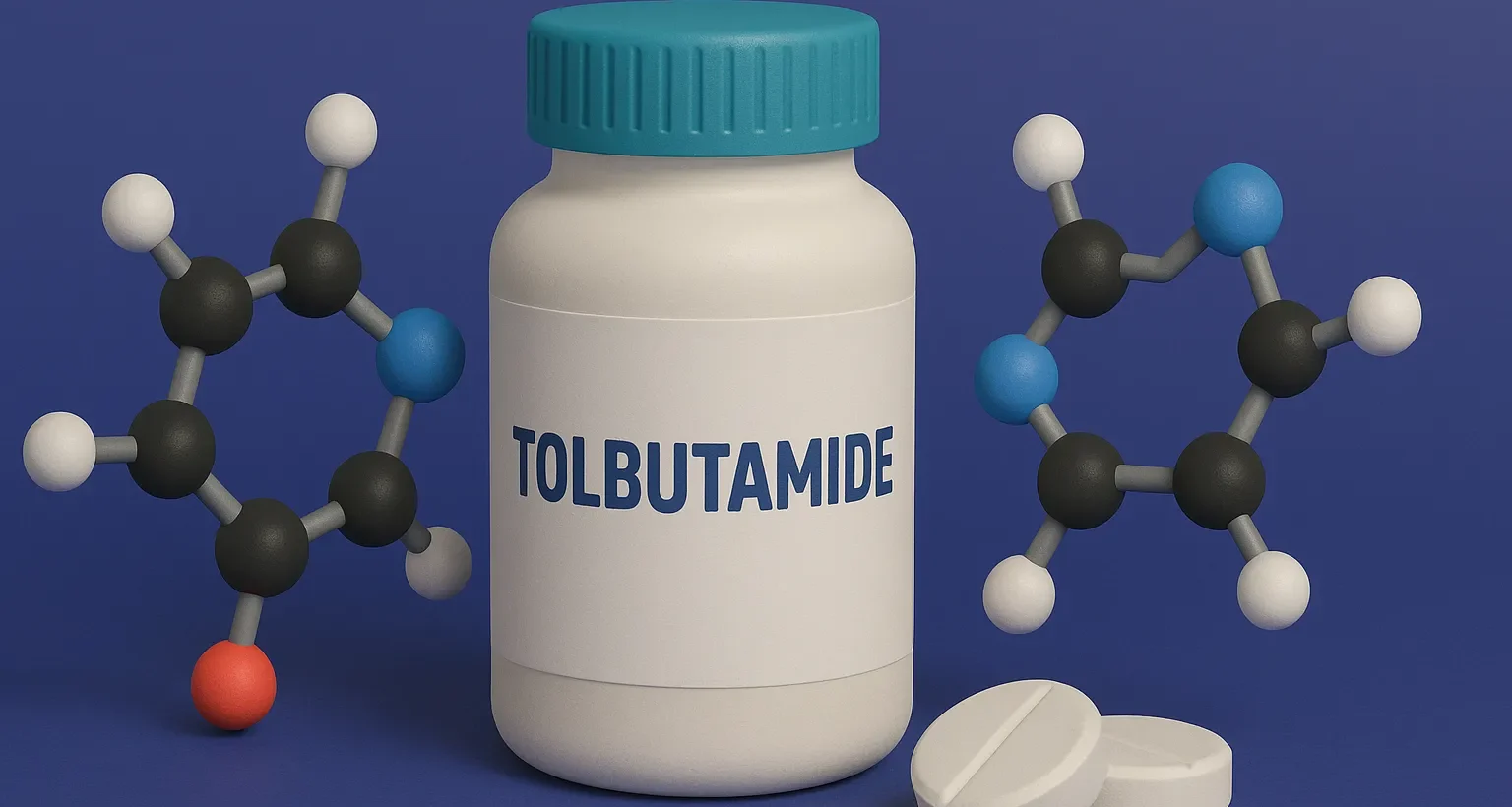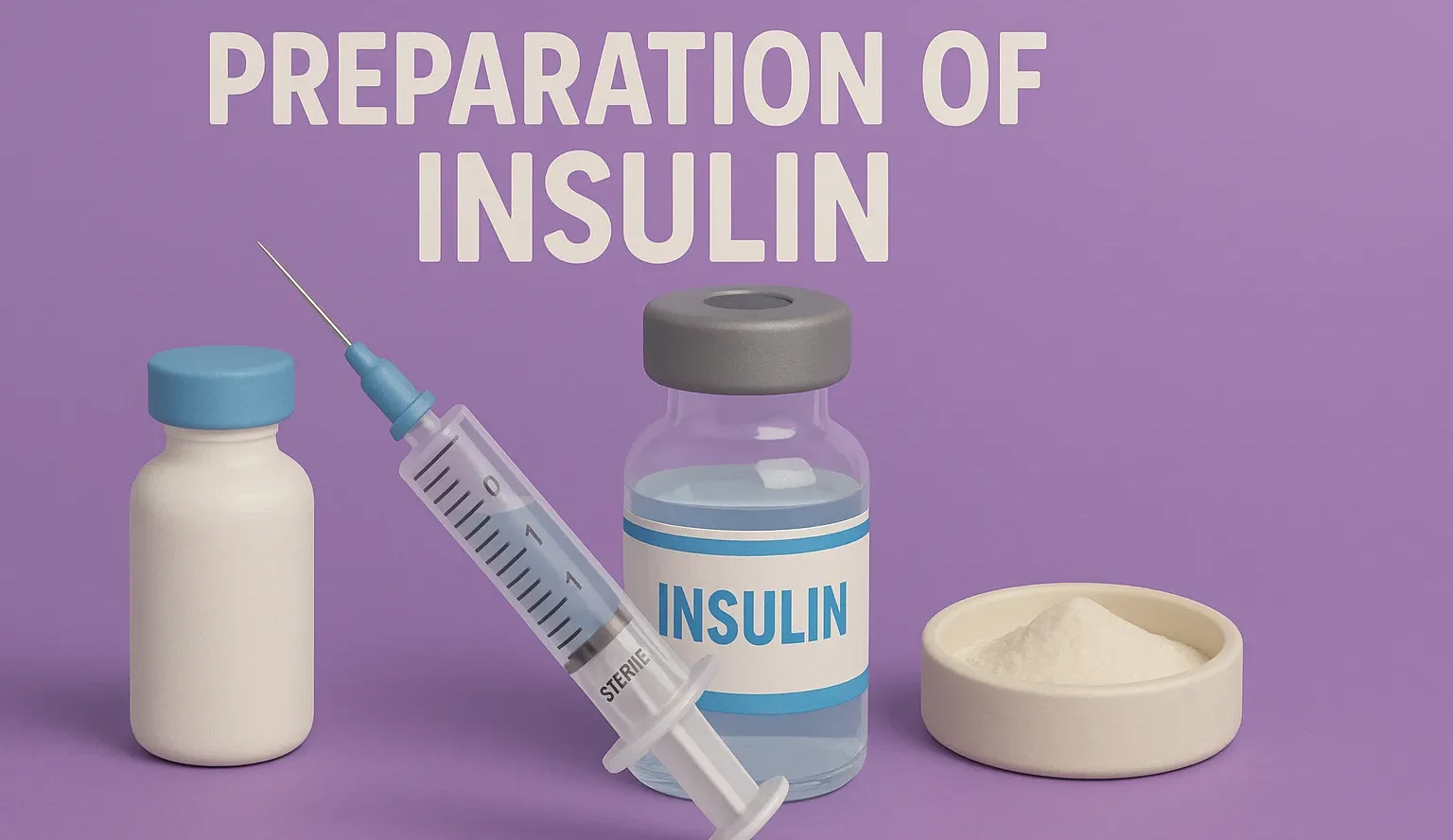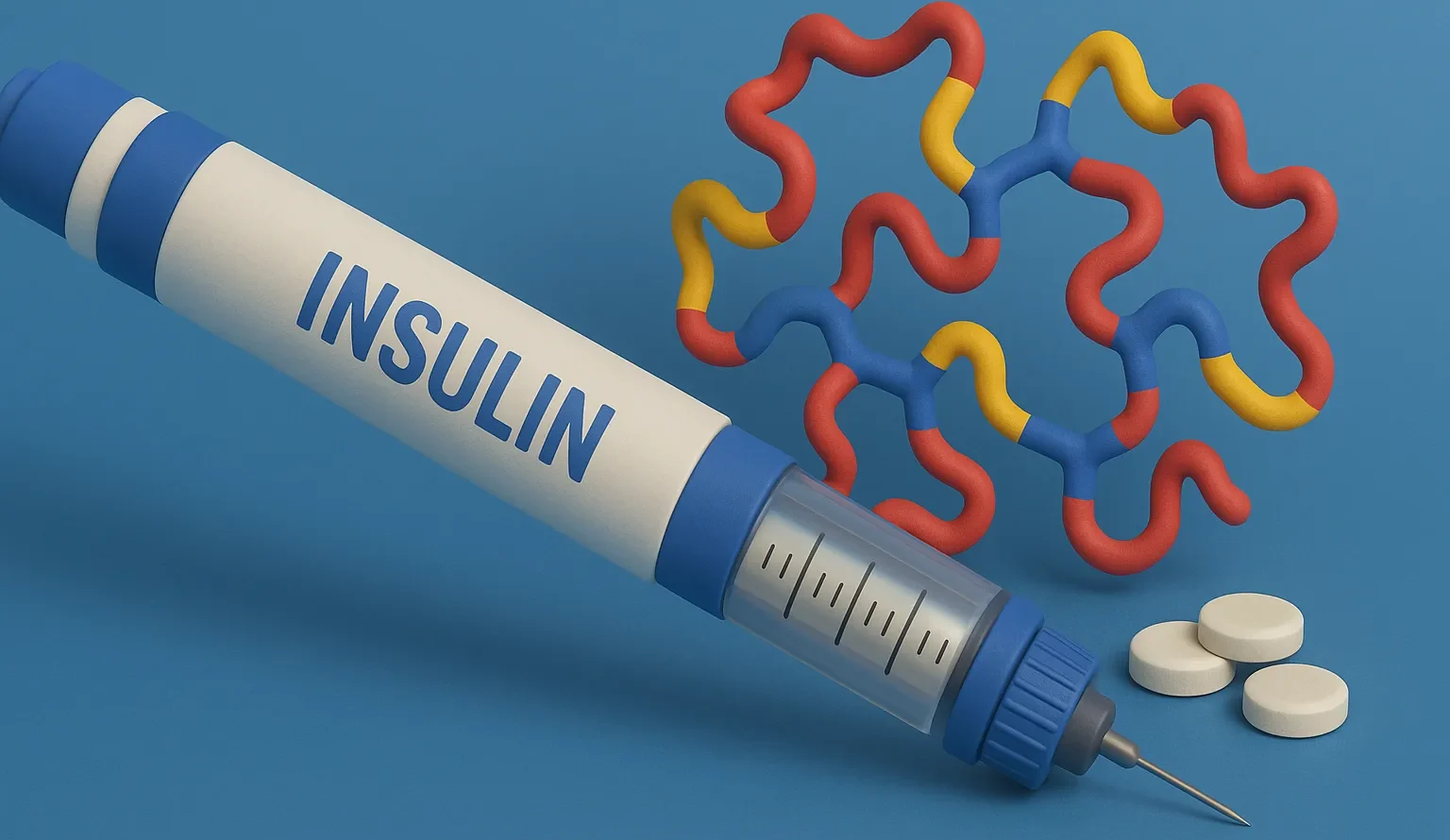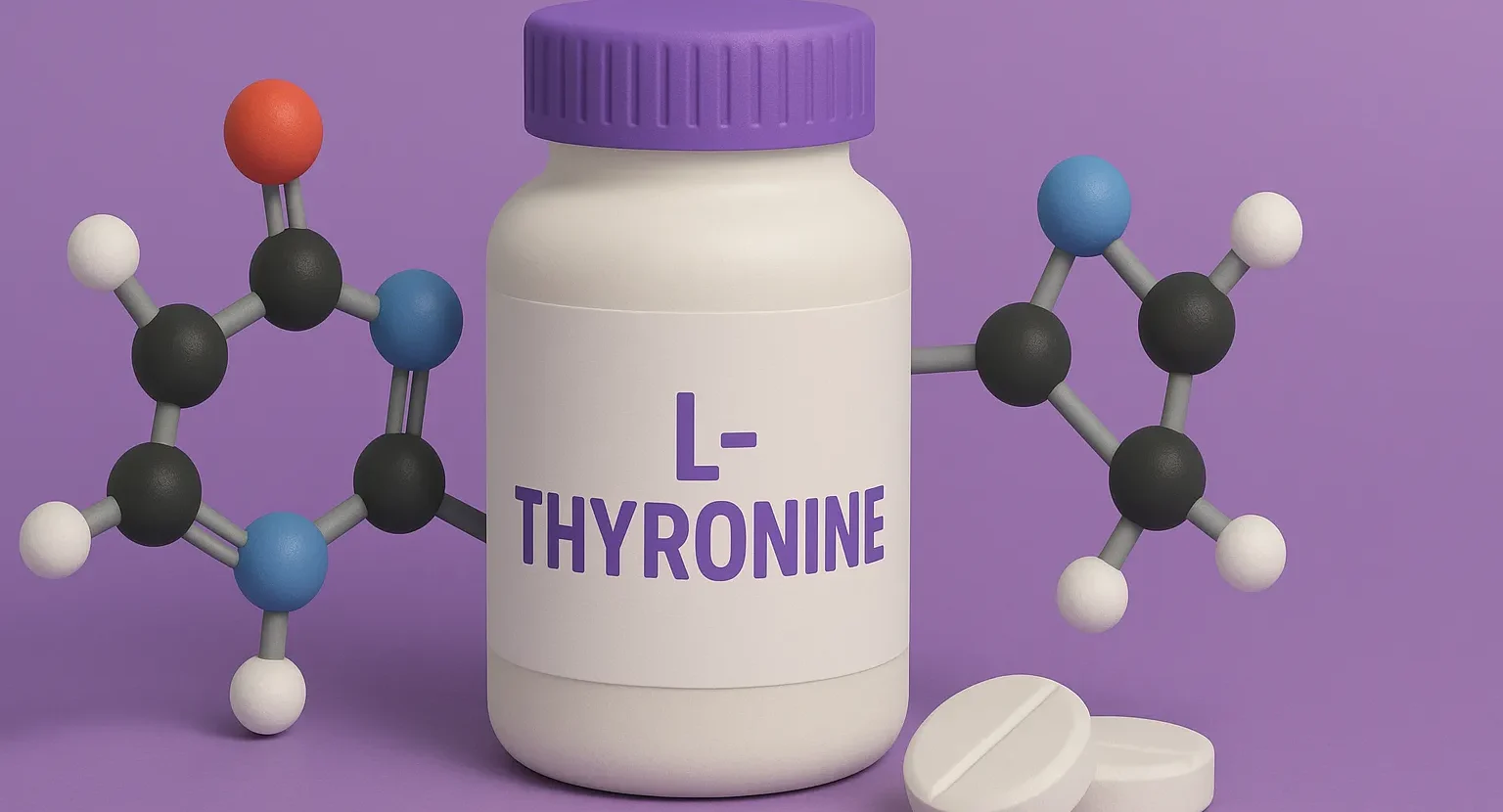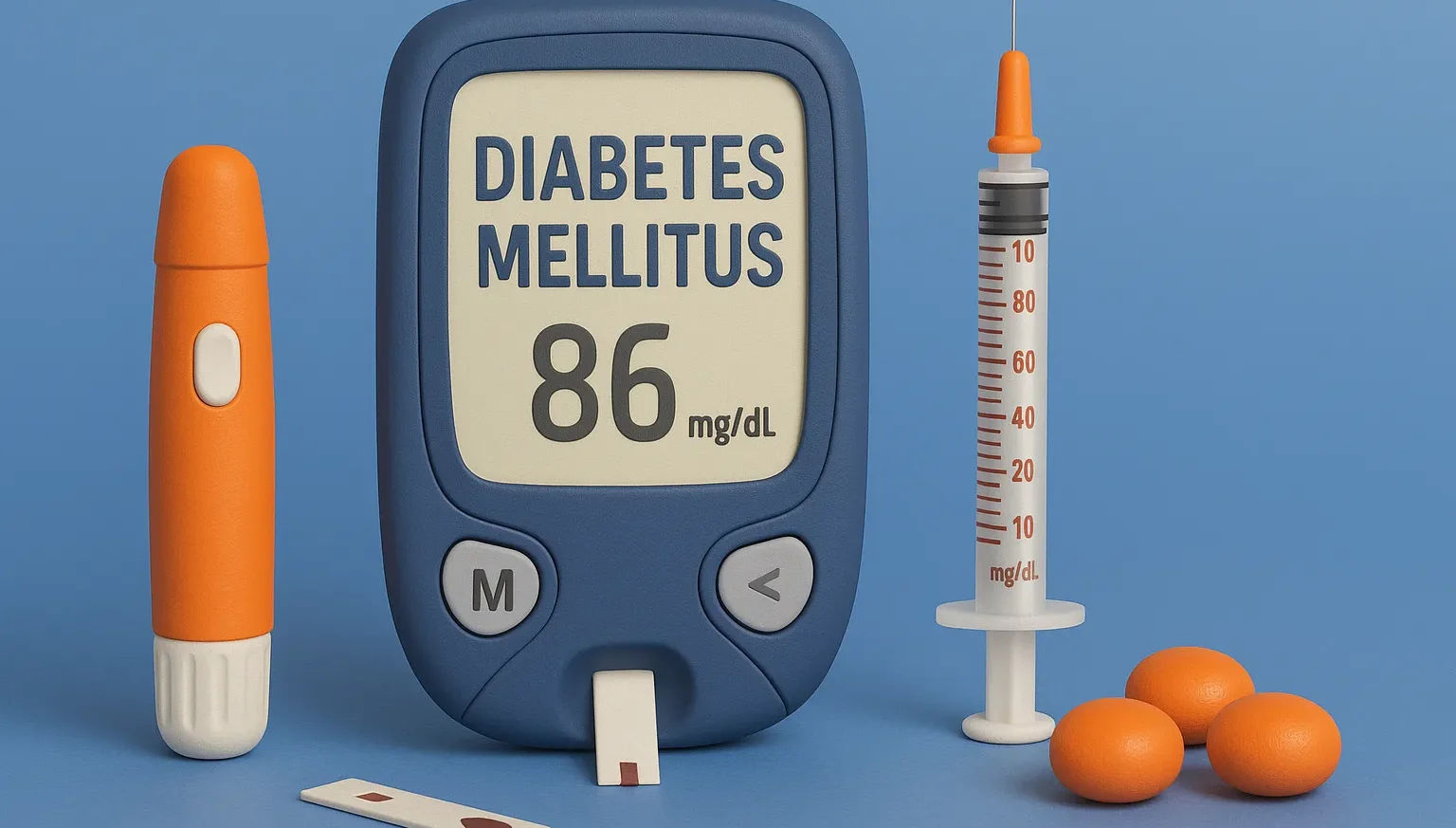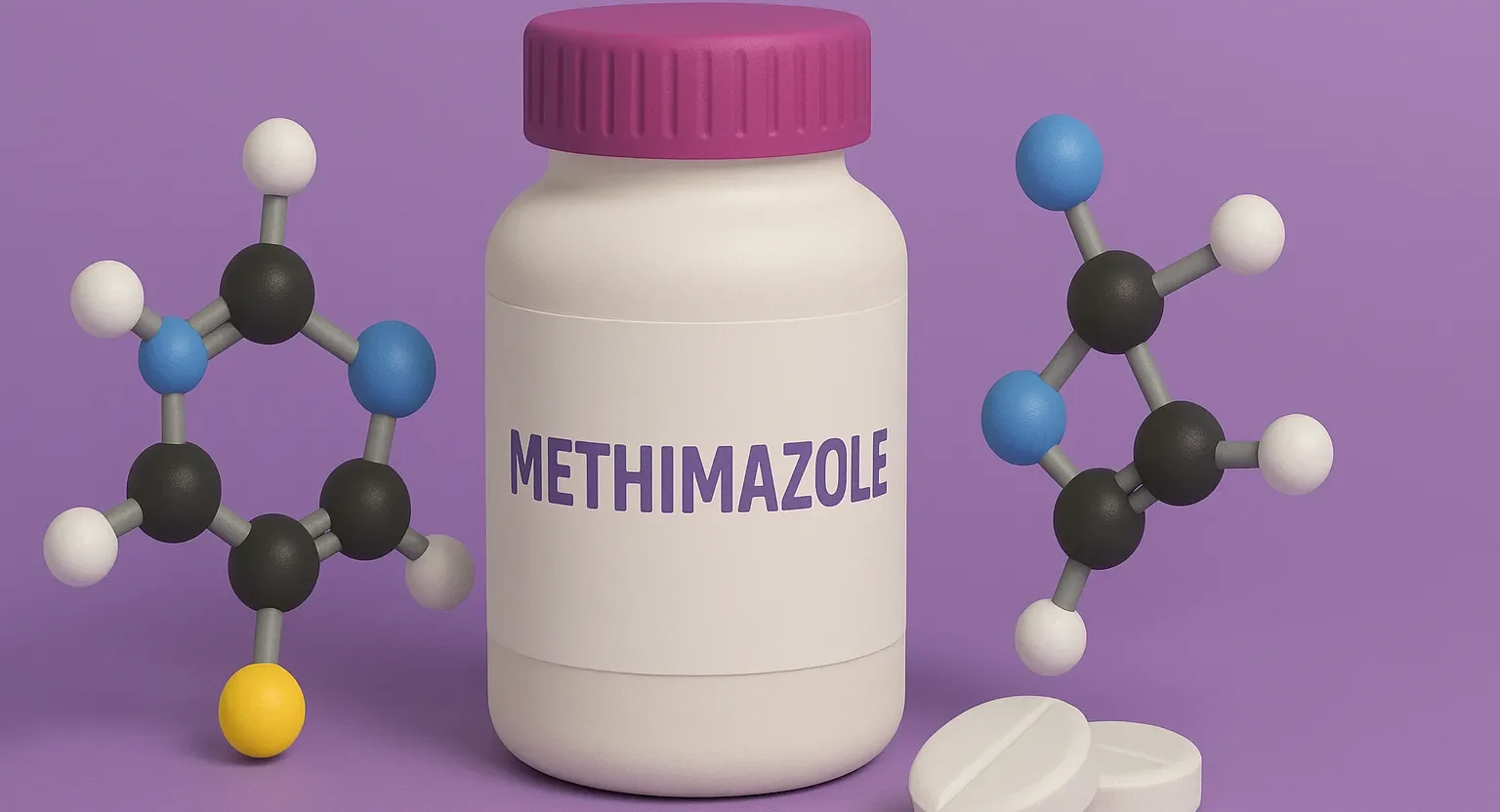Glipizide
Glipizide is a second-generation sulfonylurea antidiabetic drug used in type 2 diabetes management. It lowers blood sugar by enhancing insulin release from the pancreas and offers greater potency with fewer side effects compared to first-generation agents. Structure of Glipizide Glipizide is a second-generation sulfonylurea with a substituted imidazolidine ring, offering improved potency and shorter half-life. … Read more

